Expert Tips for a Fully Winterized and Cozy Home This Winter
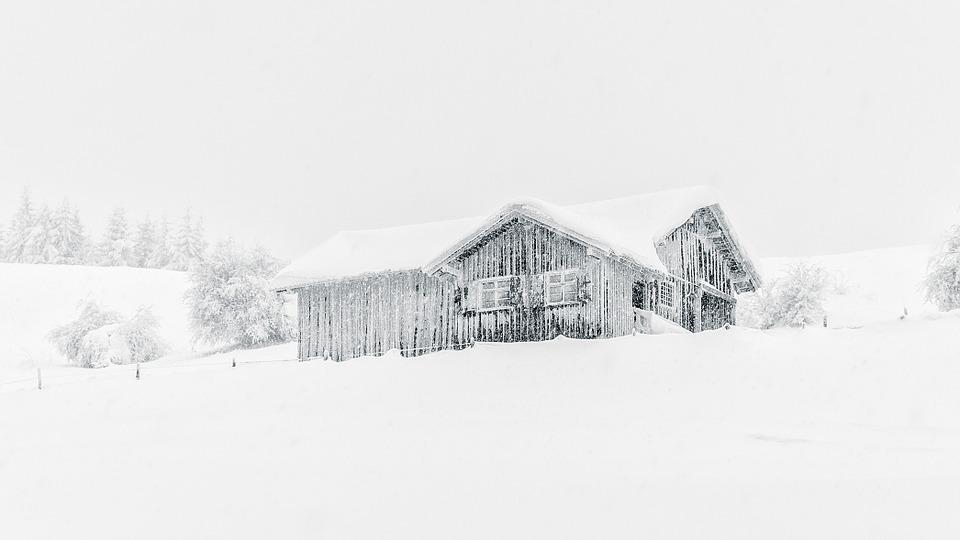
Winter can bring harsh conditions that put your home at risk if it isn’t properly prepared. A winterized home not only protects against freezing temperatures but also ensures comfort, energy efficiency, and the prevention of costly repairs. Taking time to winterize your home means safeguarding your investment and creating a warm, safe environment for your family. Below, we’ll walk you through key steps to get your home winterized before the cold sets in.
1. Inspect and Seal Windows and Doors
Drafts around windows and doors are among the most common ways that cold air seeps into homes. A fully winterized home will be sealed against these drafts to keep the heat inside. Start by checking for any gaps around your windows and doors. Even small openings can allow cold air to infiltrate your home and cause your heating system to work harder than necessary.
Use weather stripping or caulk to seal these openings. Weather stripping can be applied to the edges of doors and windows, while caulk is useful for sealing cracks around window frames. If your windows are old or inefficient, consider upgrading to energy-efficient models. Energy-efficient windows are a long-term investment in keeping your home winterized and your energy bills lower.
Another option to increase insulation is to install storm windows and doors. These extra layers create a buffer between the cold outdoor air and the warm air inside. To complete this winterized approach, make sure all locks and latches are working properly to ensure a tight seal. Even something as simple as keeping windows locked can reduce drafts.
Don’t forget to inspect patio doors and garage doors as well. These often-overlooked areas can be major sources of heat loss if not properly winterized. Sealing these areas with heavy-duty weather stripping or installing insulated garage doors can further enhance your home’s winter readiness.
2. Check and Upgrade Insulation
Insulation is key to a fully winterized home because it acts as a barrier between the cold outside and the warm inside. Many homes, especially older ones, may have insufficient insulation, causing them to lose heat quickly. Start by checking the insulation levels in your attic, as this is one of the most important areas for heat retention. Heat rises, and without adequate insulation in the attic, it escapes through the roof, leading to higher heating costs.
For your home to be fully winterized, your attic insulation should be at least 10-14 inches thick, depending on your region’s climate. You can add more insulation if necessary. Insulation can also be upgraded in walls and basements, both of which are critical areas for maintaining warmth in a winterized home.
If you’re not sure about your insulation levels, consider getting a professional energy audit. An auditor can use thermal imaging to find gaps in insulation and recommend upgrades that will make your home more winterized. They can also provide advice on different types of insulation materials, such as fiberglass, foam, or cellulose.
In addition to upgrading insulation, seal any cracks or gaps in your walls and foundation that might allow cold air to enter. Caulk and expandable foam are great tools for sealing small gaps, while larger cracks may require more significant repairs. A well-insulated and sealed home is a well-winterized home, ready to withstand the coldest months.
3. HVAC System Maintenance
Your HVAC system is the heart of a winterized home, as it keeps you warm throughout the season. Before winter hits, it’s important to ensure your heating system is functioning efficiently. Start by scheduling a professional tune-up for your furnace or heat pump. A technician can clean the system, check for any potential problems, and make sure it’s running at peak performance.
Change the air filters in your HVAC system regularly, especially during the winter months when it’s in constant use. Dirty filters reduce the system’s efficiency and can lead to higher energy costs. A clean filter helps your heating system run more smoothly, keeping your home consistently warm and fully winterized.
You should also check your thermostat settings. Programmable thermostats can be a great addition to a winterized home, allowing you to set temperatures lower when you’re not home and warmer when you are. This will not only keep your house comfortable but also save on energy costs.
Inspecting your home’s vents is another important step. Make sure all vents are open and unobstructed to allow for proper airflow. Closing vents in unused rooms might seem like a good idea, but it can actually make your system work harder. Proper airflow is essential to a winterized home.
Finally, if your heating system is outdated, consider upgrading to a more energy-efficient model. Newer systems use less energy and can heat your home more effectively, ensuring that your home is thoroughly winterized for the season ahead.
4. Prepare Plumbing for Cold Temperatures
Frozen pipes are a common issue in the winter, but they can be prevented with proper preparation. A winterized home will have insulated pipes, particularly in areas that are more exposed to the cold, like basements, crawl spaces, and exterior walls. Pipe insulation is relatively inexpensive and can save you from the hassle and cost of dealing with burst pipes.
Begin by insulating any exposed pipes using foam insulation or pipe sleeves. These materials help keep the pipes from freezing, even in extremely cold conditions. Pay special attention to pipes located in unheated areas, as these are most susceptible to freezing. Ensuring your pipes are insulated is a critical step in winterizing your home.
Additionally, drain and shut off any outdoor faucets or sprinkler systems to prevent water from freezing in the lines. This is a simple yet effective way to keep your home fully winterized and avoid plumbing issues during the colder months.
Consider installing heat tape on particularly vulnerable pipes. Heat tape provides an extra layer of protection, especially in homes located in extremely cold climates. It is an electrical product that wraps around pipes and keeps them warm enough to prevent freezing.
Lastly, keep your home heated, even if you’re away for an extended period. A temperature of at least 55°F (13°C) is recommended to keep the pipes from freezing. Following these steps ensures that your plumbing system remains in great shape throughout winter, keeping your home truly winterized.
5. Gutter and Roof Maintenance
A winterized home doesn’t just involve the inside — it extends to the roof and gutters as well. Maintaining these elements is essential for preventing ice dams, leaks, and structural damage. Start by cleaning your gutters before the first snowfall. Leaves, debris, and dirt can clog gutters, causing water to overflow and freeze, which leads to ice dams. Ice dams can damage your roof and cause leaks inside your home.
Ensure that your downspouts are directing water away from your home’s foundation. Clogged gutters and poorly placed downspouts can lead to water pooling around the foundation, which can cause serious structural problems if it freezes and expands. A properly winterized home will have gutters that are clear and functional.
Inspect your roof for any missing or damaged shingles before the winter hits. These small problems can turn into big issues during a snowstorm. A roof in good condition is an important part of a winterized home because it protects the entire structure from the elements.
Consider installing gutter guards to keep debris out throughout the winter. This is especially useful in areas prone to heavy snowfall. Gutter guards prevent ice buildup and ensure water flows properly through the gutters, keeping your roof and home well winterized.
Lastly, if you live in an area with frequent snow, think about adding roof heating cables. These cables help melt snow and prevent ice buildup on your roof. Taking care of your roof and gutters is an essential step in creating a completely winterized home.
6. Chimney and Fireplace Prep
For homes with chimneys and fireplaces, winter preparation goes beyond simple maintenance. A winterized fireplace ensures both safety and warmth. Begin by having your chimney professionally cleaned to remove soot and debris. This not only improves the fireplace’s efficiency but also reduces the risk of a chimney fire.
If your fireplace has a damper, check that it opens and closes properly. Keeping the damper closed when the fireplace is not in use prevents warm air from escaping, helping to keep your home more winterized. For added insulation, consider installing a chimney balloon, which blocks drafts from coming down the chimney when it’s not in use.
If your fireplace is older, you may want to upgrade to a more energy-efficient model. Newer fireplaces and inserts are designed to retain more heat, providing better warmth and reducing energy costs in a winterized home. You can also install glass doors around the fireplace to keep cold air out when it’s not in use.
Don’t forget to inspect the chimney cap to ensure it’s free of debris and animals. A clogged or damaged cap can allow water or pests into your chimney, which can cause problems once the cold weather arrives. Ensuring a well-maintained chimney is a key step in creating a winterized home that’s both cozy and safe.
Finally, keep a regular supply of firewood if you plan to use your fireplace often. Dry, seasoned wood burns more efficiently and produces less creosote, keeping your winterized home safe from potential chimney fires.
By following these steps, you can ensure that your home is fully winterized, ready to withstand the cold, and comfortable throughout the season. From sealing windows to maintaining your roof and plumbing, a winterized home is a well-protected one that saves energy and avoids winter hazards.




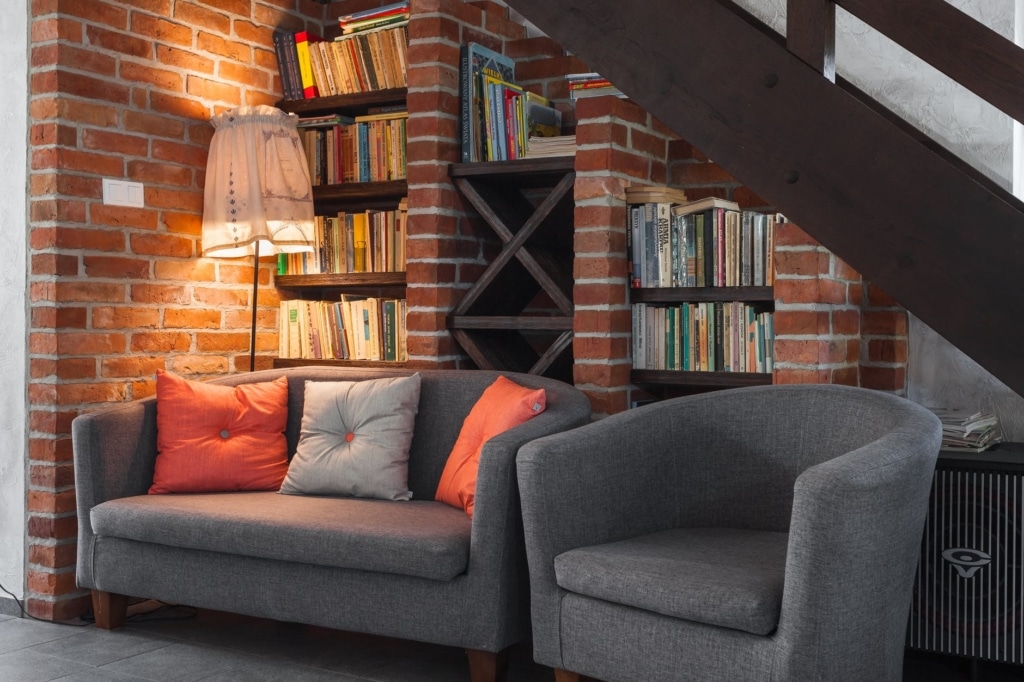

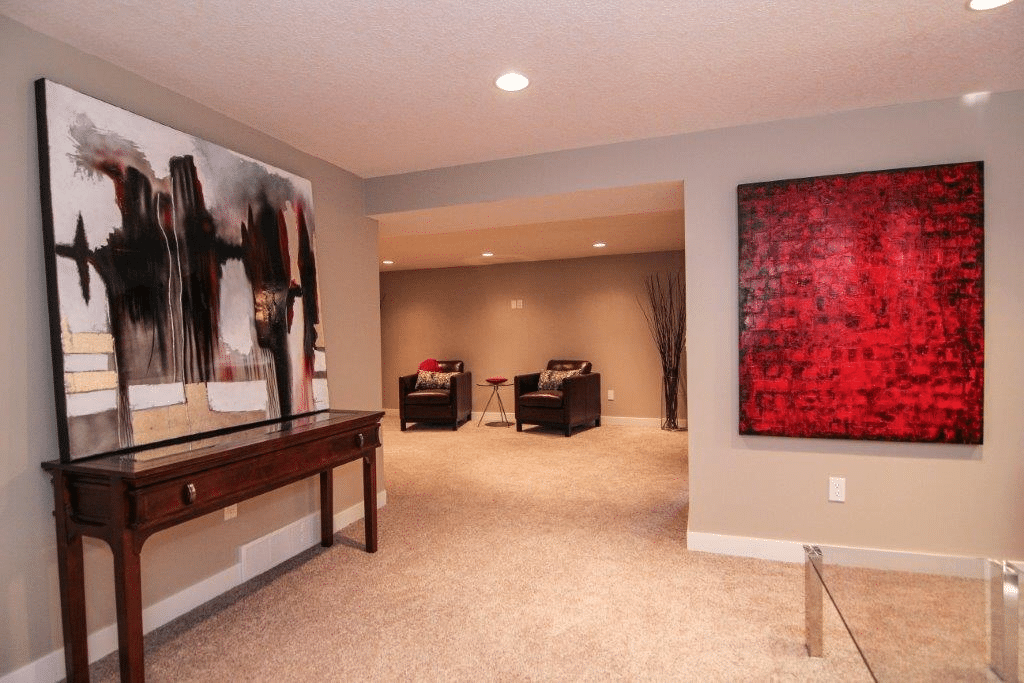

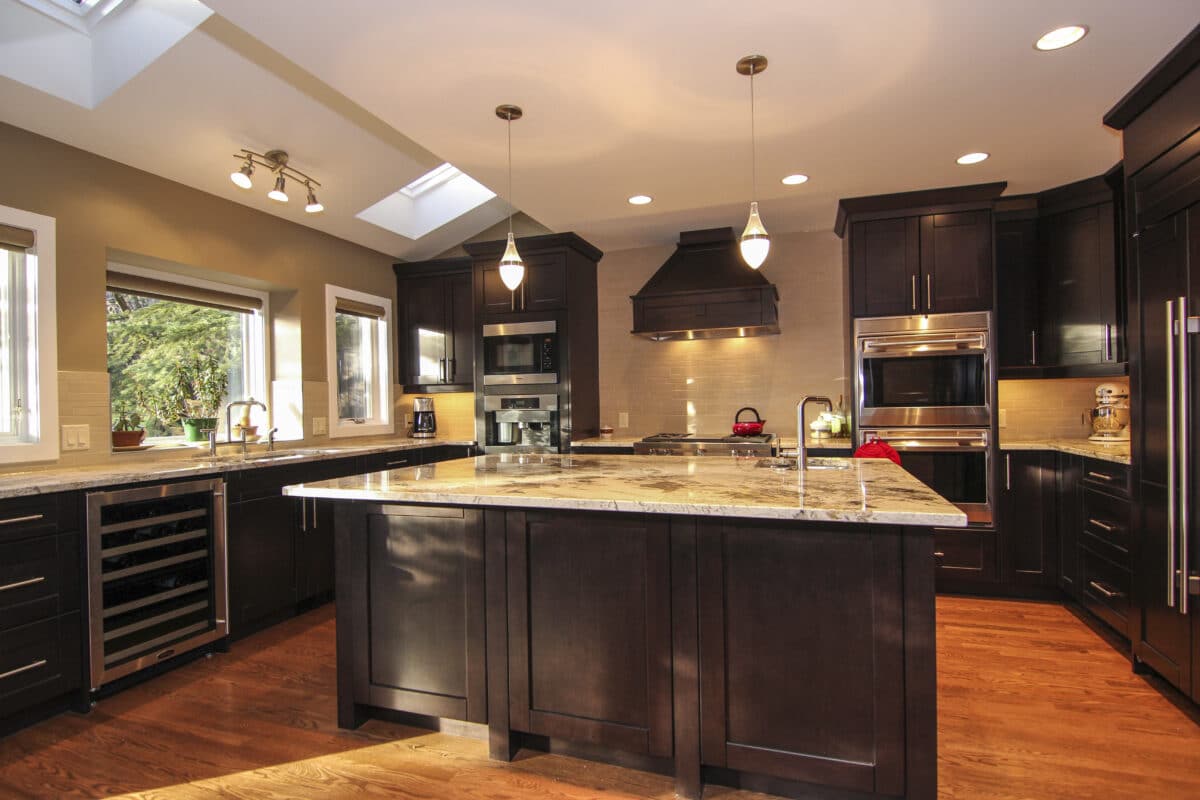
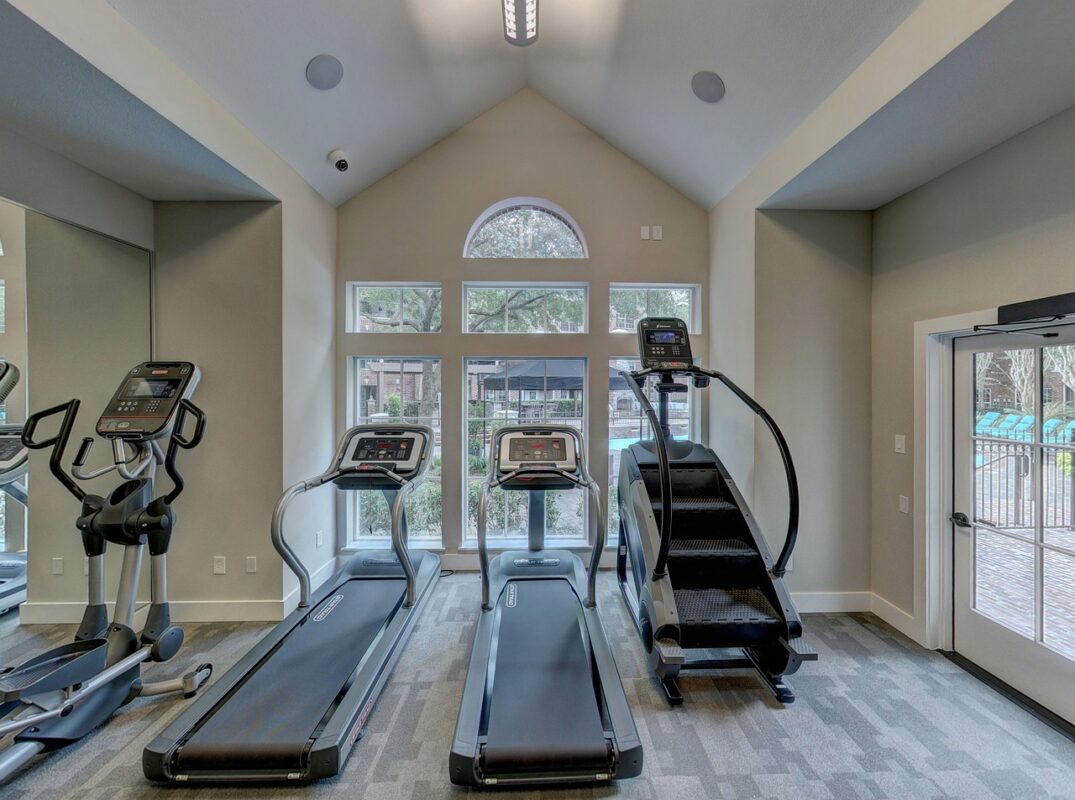

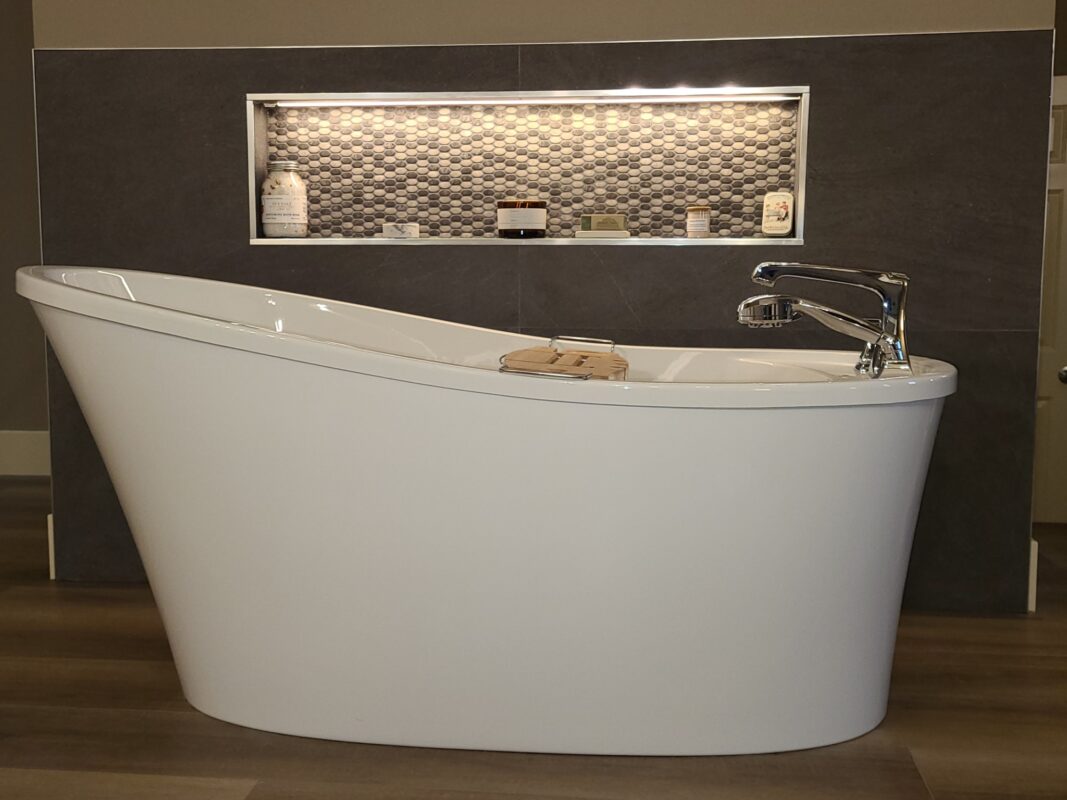
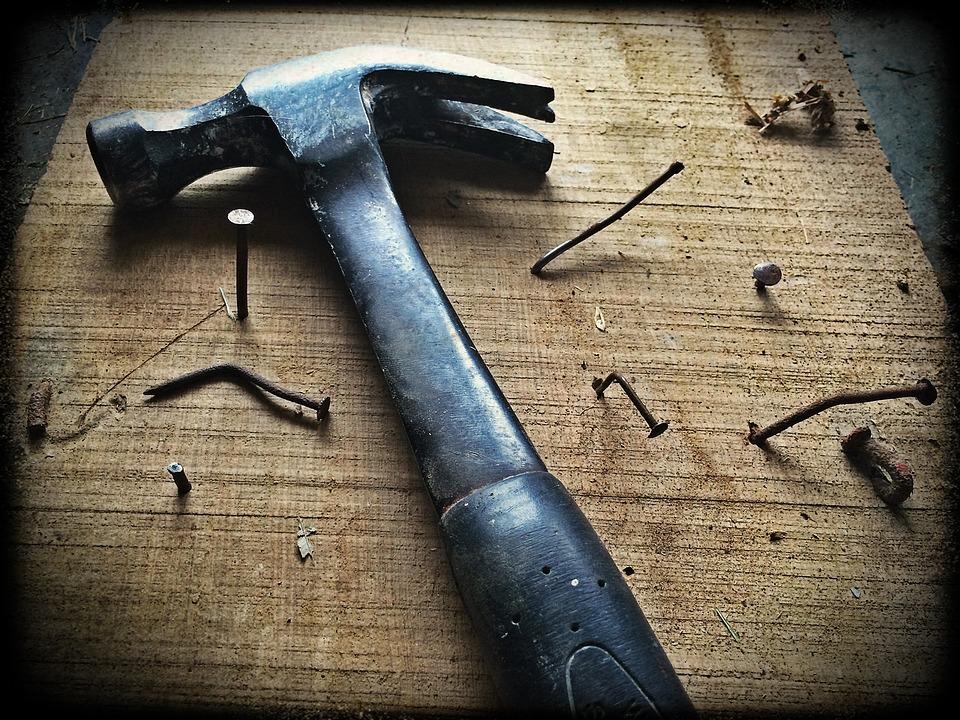
2 thoughts on “Expert Tips for a Fully Winterized and Cozy Home This Winter”